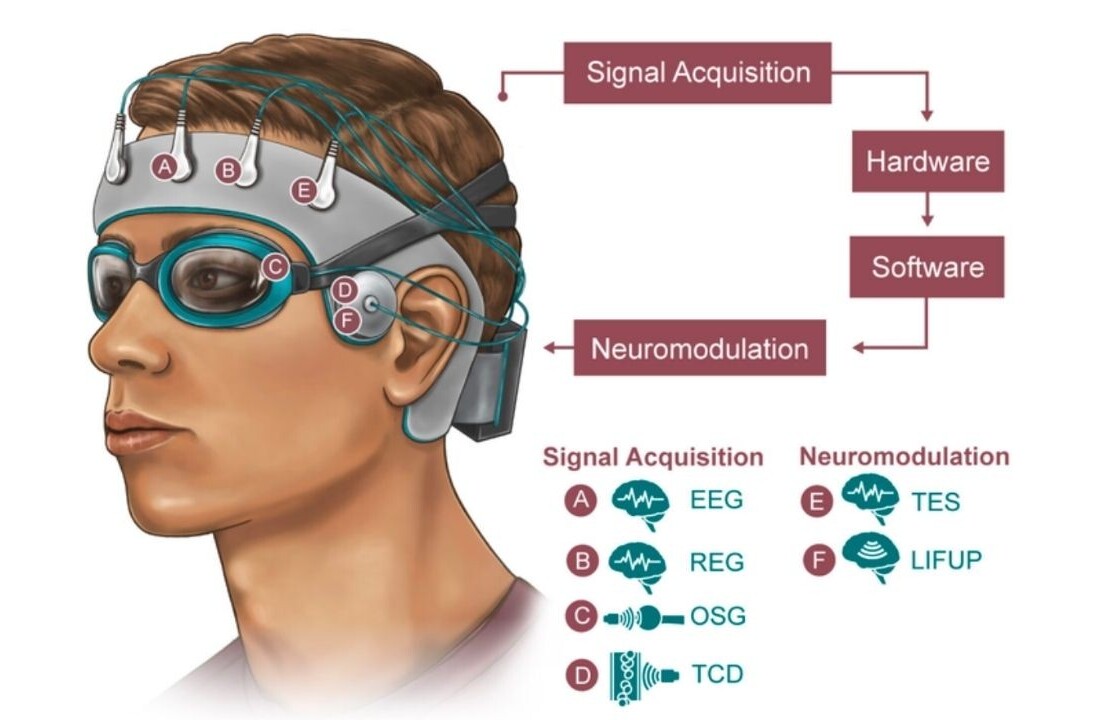As the Taliban swept through Afghanistan, they captured a hoard of weaponry that the US had supplied to the collapsing security forces.
The militant group has been seen with an array of stolen firearms and vehicles. There are also growing fears about the biometric systems that they’ve seized.
“We understand that the Taliban is now likely to have access to various biometric databases and equipment in Afghanistan, including some left behind by coalition military forces,” said Human Rights First, a US NGO, on Monday.
“This technology is likely to include access to a database with fingerprints and iris scans, and include facial recognition technology.”
A story published in The Intercept later that day has escalated the concerns.
Risk of Taliban reprisals
Military officials told The Intercept that the Taliban last week seized biometric devices known as HIDE (Handheld Interagency Identity Detection Equipment).
These machines contain data including iris scans, fingerprints, and biographical information. They’re also used to access centralized databases.
Biometric data on Afghan citizens was reportedly widely collected and used in ID cards. Activists fear that the information will be used to identify US collaborators and attack vulnerable groups.
It would not be the first time. In 2016, insurgents behind a mass kidnapping in the Afghan city of Kunduz used a government biometric system to check if bus passengers were security force members.
The Taliban then killed 12 of the passengers, the news website TOLOnews reported at the time.
Human Rights First has issued guides in English, Pashto, and Dair on how to evade the avoid recognition based on biometric data. But the NGO warns that fooling the tech is difficult and risky.
Get the TNW newsletter
Get the most important tech news in your inbox each week.






